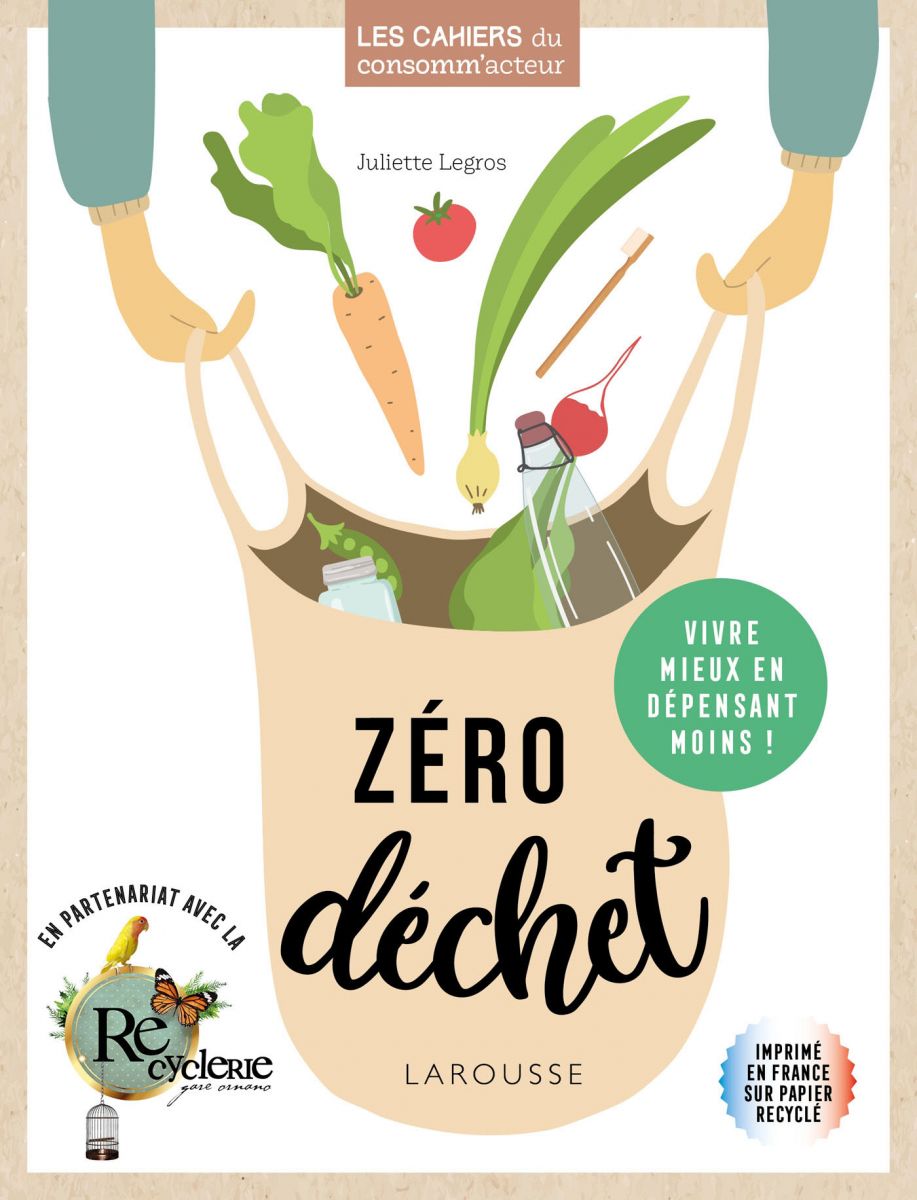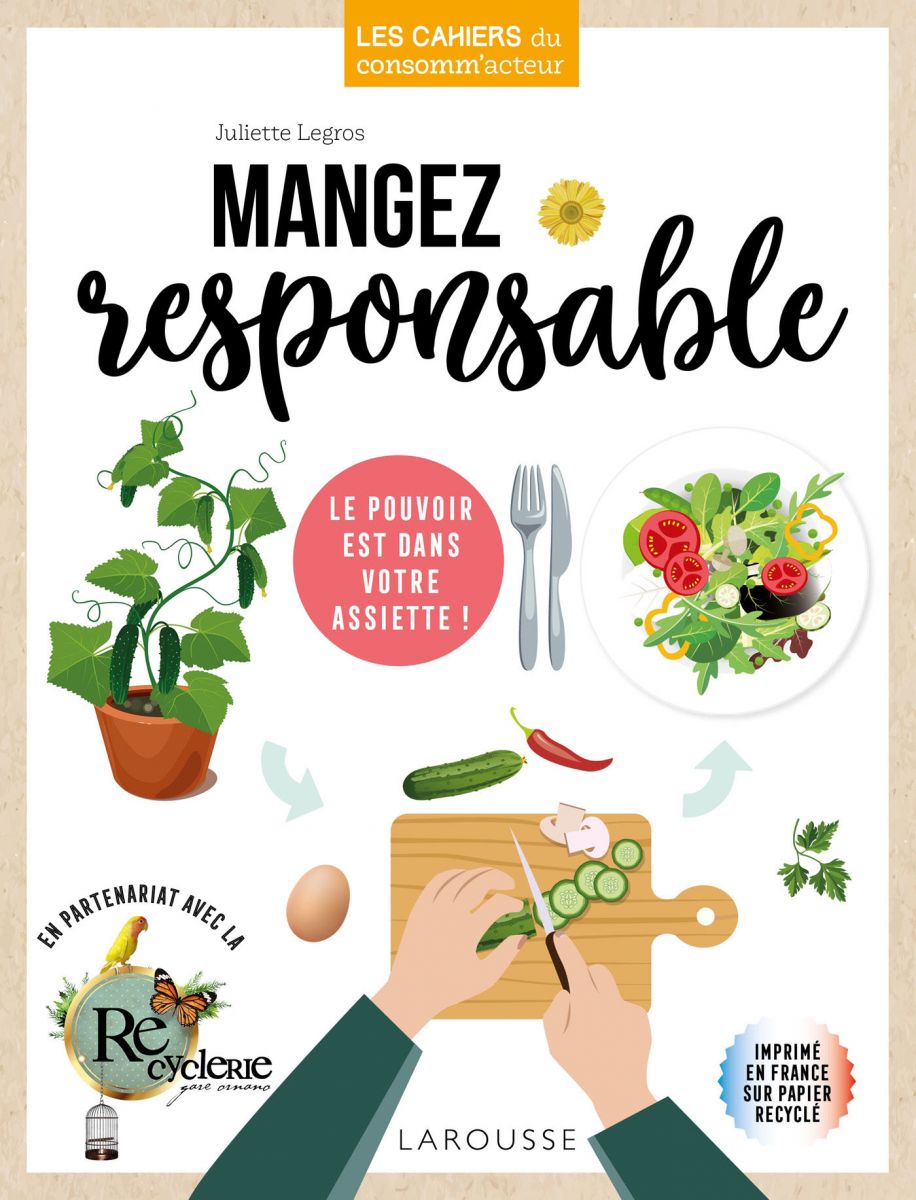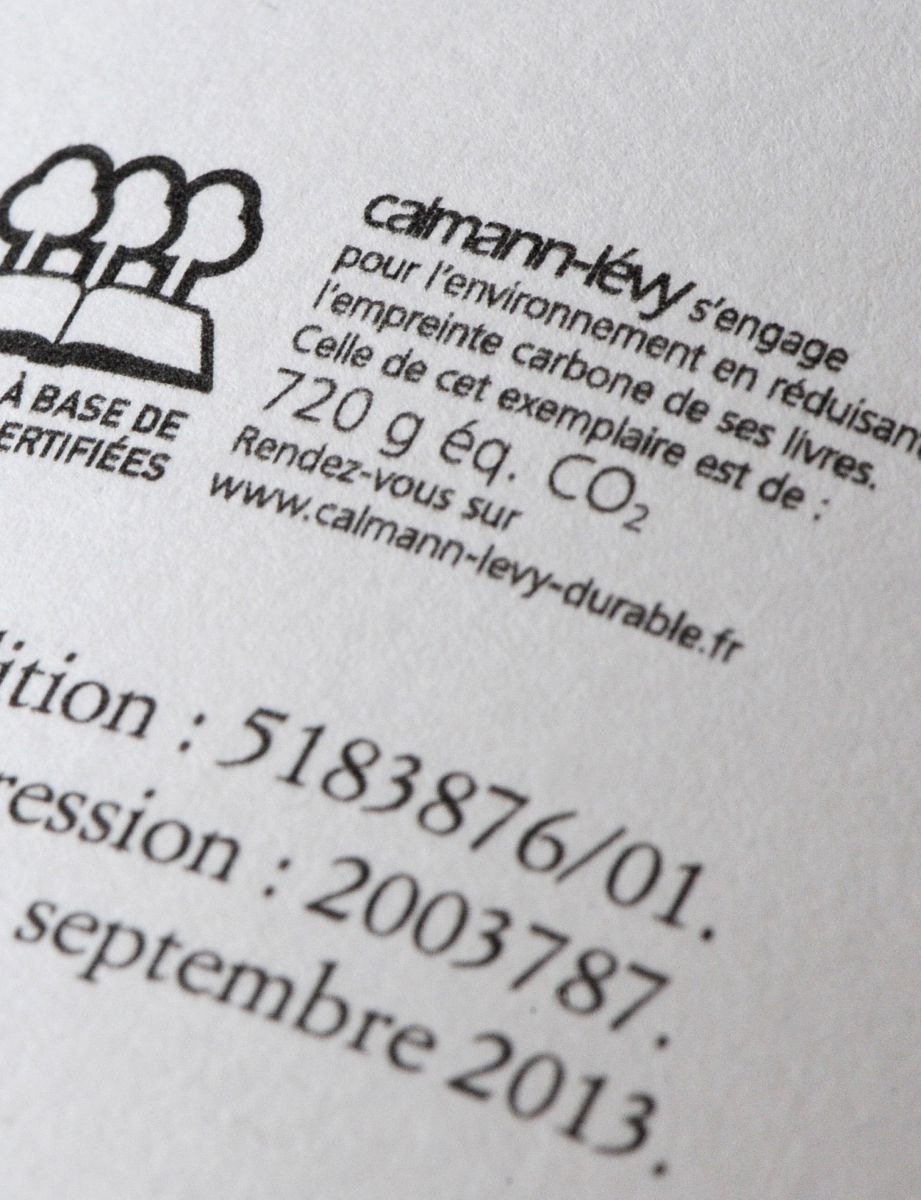Ensuring responsible paper cycle management
From supply to production and ending with the management of returns, the Lagardère group works with all its trade partners involved at every stage of paper cycle management.
Over the years, initiatives to ensure traceability and monitor the paper grades purchased by printers have significantly reduced the proportion of untraceable fibres used in publications and/or ensured that no fibres resulting from deforestation activities are used. Since 2016, a programme to verify Asian fibres was launched initially in the United States before being extended to all entities in France, the United Kingdom and Spain.
Optimising paper consumption is also a central priority. Lagardère Publishing has adopted a number of initiatives to limit paper wastage during the production process. Adjusting the format of publications is another way of optimising book production.
In addition, print-on-demand (POD) technology also helps to reduce paper consumption, while limiting greenhouse gas emissions linked to production, storage and transportation. The division has developed the use of this technology in France, the United States and the United Kingdom, and its catalogue was further enlarged in 2019.
With regard to the circular economy (waste prevention and recycling), managing unsold material represents one of the biggest environmental priorities for the Lagardère group. At Lagardère Publishing, unsold copies of books are either stored or pulped. To address this issue, the division is gradually rolling out automatic reprinting tools that will eventually enable publishers to have the right number of books in stock at all times.
The paper cycle

The main raw material used to make paper is wood, which is a renewable resource. The wood is processed into a pulp which is used to make reels of paper. The reels are shipped to the printer to be made into books, magazines and newspapers. Once used, these products can be collected and recycled to be used as a raw material for the production of recycled paper pulp. This virtuous circle helps to instil a circular economy mindset at the Group.
Key figure
337,385 titles available via digital printing on demand at Hachette Livre.




GAËTAN RUFFAULT
Senior Vice-President, Human Resources and Environmental Responsibility, Hachette Livre
Hachette Livre paying attention to its environmental impact
As a book publisher, Hachette Livre has been involved for a number of years in addressing sustainable development issues and fighting climate change. In this regard, we have made several commitments in order to improve its environmental performance.
The first consists of reducing our carbon footprint. To do this, Hachette Livre has measured its carbon footprint in France since 2008 – which we have managed to reduce by 4% a year – and is also able to determine the carbon footprint of each book in France in detail.
The second commitment consists of eliminating any negative impact of our activities on forests under threat and ensuring responsible use of natural resources.
To do this, Hachette Livre practises a responsible procurement policy by buying almost exclusively certified paper and, to a lesser extent, recycled paper, for which resources are more limited. To take things even further, the division also conducts random laboratory tests on printed books it has produced to verify the origin of the fibres.
In order to continue to improve our environmental performance in 2020, Hachette Livre is to launch – with the help of an advisor – a study into the use of plastics in its value and production chain. The aim of this project will be to map, analyse and eventually reduce use of plastics by means of strategies of substitutability, identifying the right material, recyclability and even adapting processes to rethink packaging.
Key figure
Around 97 % of paper (purchased and supplied) is certified or recycled.
